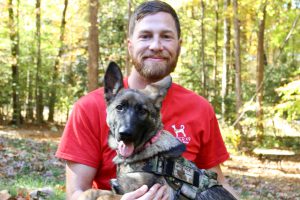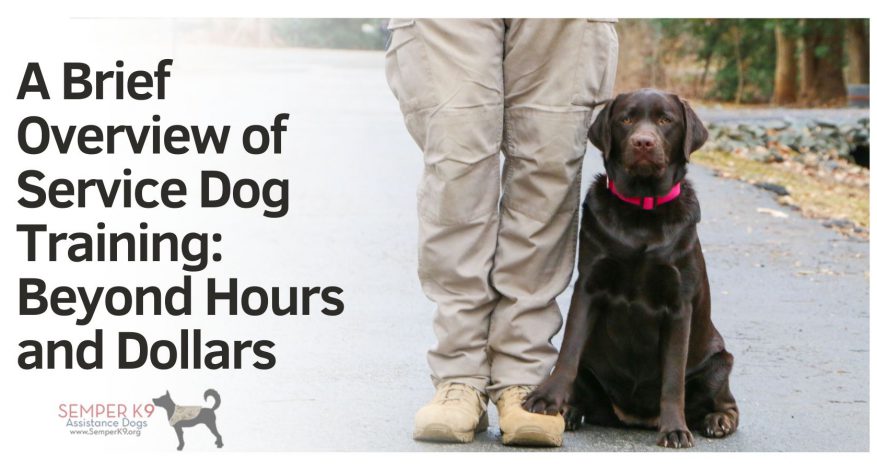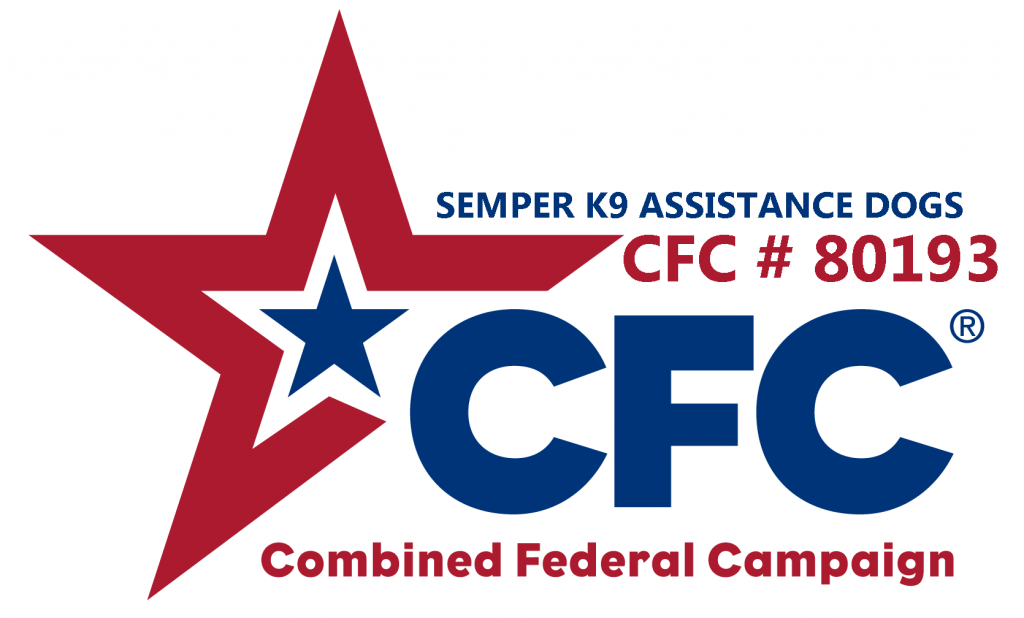A Brief Overview of Service Dog Training: Beyond Hours and Dollars
by Christopher Baity | Founder & Executive Director of Semper K9 Assistance Dogs

Breaking down the training process into monthly goals becomes the roadmap. Each month, I set out to teach the dog two or three new skills, progressively building on the foundation laid in the previous months. On average, six months post-puppy behavior is required to impart all the essential knowledge. Unlike training specialized dogs like Police, Detection, or Search and Rescue (SAR) dogs, the focus for service dogs revolves around obedience and discipline.
For instance, in police dog training, specific behaviors like odor recognition, search patterns, and passive responses are tackled intensively within shorter time frames. In contrast, service dog training involves weeks dedicated to attention to the handler, stationary obedience, and mimicking behavior such as focusing on and imitating the handler’s actions.
I categorize all obedience commands, regardless of the profession, into three groups: stationary obedience or discipline (e.g., sit, down, wait, stay), mimicking obedience (e.g., come, heel, let’s go), and independent behavior or tasks that the dog performs without the handler’s aid (e.g., seek, search, find em, get em, retrievals).
 Among the commonly asked questions in dog training circles is the preferred method—inducive, compulsive, or a hybrid style. This opens the door to discussions on Cynopraxis and LIMA methods, akin to what I’ve termed the “national geographic method,” raising dogs with a naturalistic approach inspired by how animals raise their young in the wild.
Among the commonly asked questions in dog training circles is the preferred method—inducive, compulsive, or a hybrid style. This opens the door to discussions on Cynopraxis and LIMA methods, akin to what I’ve termed the “national geographic method,” raising dogs with a naturalistic approach inspired by how animals raise their young in the wild.
Communicating what you want the dog to learn is crucial in successful training, regardless of your preferred training method. Training a service dog demands a significant investment of time, but the primary focus should center around accomplishing the training goal. Ultimately, the journey is not just about obedience but about equipping these remarkable animals with the skills they need to make a meaningful impact in the lives of those they serve.





